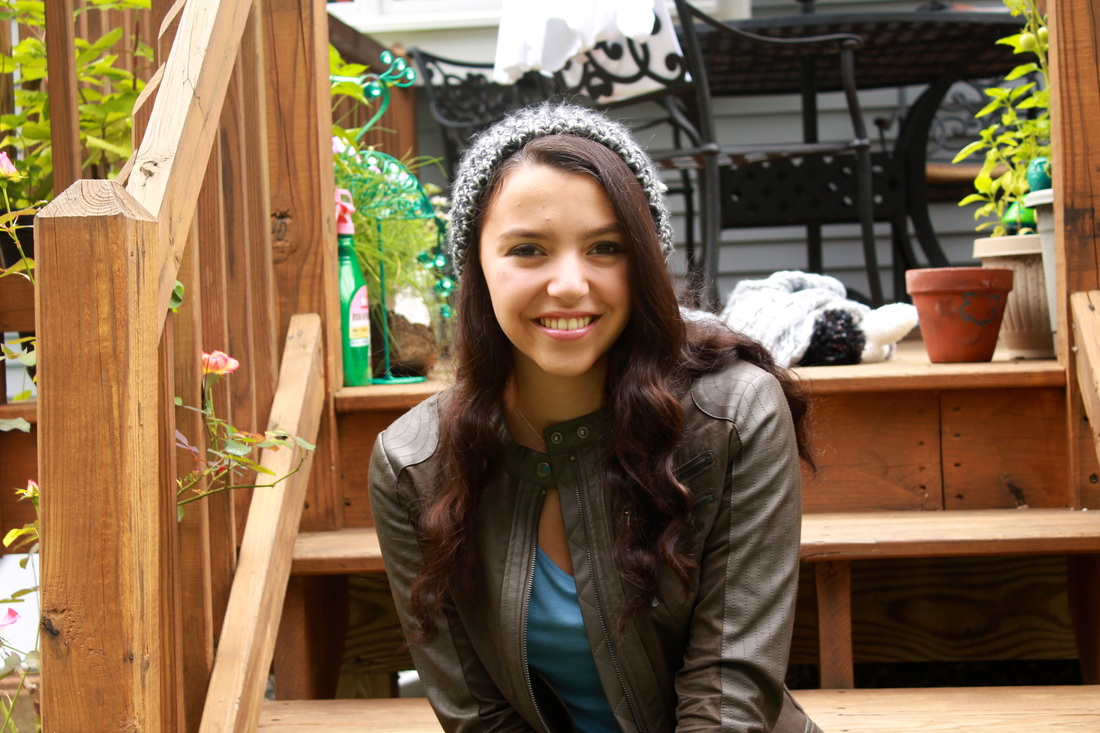by Isabella Carmenate
Emma and Isabella are our newest interns. Their first task this fall was to interview each other!
I had the chance to interview Emma Foley, a current sophomore at Natick High school about drama, dance and writing. What I found out about her was super interesting!
IC: Did anyone push you into the arts as a small child or was that something you decided on your own?
EF: I had played sports for a while, just because that’s what everyone else was doing, but my parents and I both knew I was not gonna be a sporty kid up into high school! My mom was the first to prod me into theater, and I went from there.
IC: What roles have you played, and what are some of your favorite shows that you have been in?
EF: My favorite show I’ve been in was when I was in an acting troupe at Wheelock Theater—the director put together a collection of monologues and short plays around a central theme, then we spent two weeks in the summer rehearsing, and two weeks performing for various summer camps, etc. We changed a bunch of the content based on whatever age group we were performing for that day—it was a really unique experience! Aside from that, doing Once Upon a Mattress was such a blast. Nicole came up with some crazy fun choreography.
IC: If you had to pick one thing that was your favorite part of the process (of putting on a show), what would it be?
EF: I love doing read-throughs with the entire cast for the first time. Everyone’s really energetic and excited to start rehearsing the show, and its neat to see how people portray their character when they haven’t seen the entire script before.
What have you found through the opportunities high school has given you?
It’s been really cool just to meet a ton of new people, through theater or otherwise.
IC: What has been different (or the same) about theater at the high school?
EF: I feel like high school theater is a little more of a tight-knit community than anywhere else, because we all go to school together, in addition to seeing each other for hours after school every day, for four years in a row.
IC: Does your love for writing and theater ever meet, and if so, how does that happen for you?
EF: Definitely! In a creative writing class I took, we were asked to try writing a short play, so I felt like I had the advantage of having experience in exactly what that’s supposed to look like. Even when the two don’t meet, I feel like they connect in a lot of ways—they’re both about a very introspective point of view.
IC: Why do you like dance?
EF: This may sound super cliché, but I like how dance is really energetic yet controlled and disciplined at the same time.

























